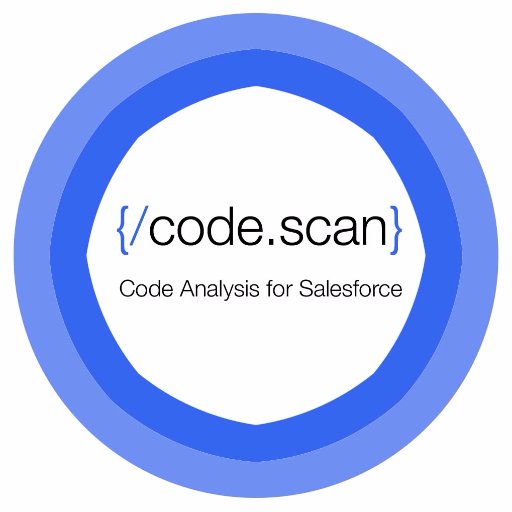Mock sample for your project: Randommer API
Integrate with "Randommer API" from randommer.io in no time with Mockoon's ready to use mock sample
Randommer API
randommer.io
Version: v1
Start working with "Randommer API" right away by using this ready-to-use mock sample. API mocking can greatly speed up your application development by removing all the tedious tasks or issues: API key provisioning, account creation, unplanned downtime, etc.
It also helps reduce your dependency on third-party APIs and improves your integration tests' quality and reliability by accounting for random failures, slow response time, etc.
Description
Other APIs in the same category
Etherpad API
Etherpad is a real-time collaborative editor scalable to thousands of simultaneous real time users. It provides full data export capabilities, and runs on your server, under your control.

Interzoid Get Country Match Similarity Key API
This API provides a similarity key used to match with other similar country name data, including for purposes of deduplication, fuzzy matching, or merging of datasets. A much higher match rate will be achieved by matching on the algorithmically generated similarity key rather than the data itself.

Interzoid Get Company Name Match Similarity Key API
This API provides a similarity key used to match with other similar company name data, including for purposes of deduplication, fuzzy matching, or merging of datasets. A much higher match rate will be achieved by matching on the algorithmically generated similarity key rather than the data itself.
Appwrite
Appwrite backend as a service cuts up to 70% of the time and costs required for building a modern application. We abstract and simplify common development tasks behind a REST APIs, to help you develop your app in a fast and secure way. For full API documentation and tutorials go to https://appwrite.io/docs
Extpose
Extpose — in‑store performance analytics and optimization tool for Chrome extensions. https://extpose.com

Local Search Client
microsoft.com
The Local Search client lets you send a search query to Bing and get back search results that include local businesses such as restaurants, hotels, retail stores, or other local businesses. The query can specify the name of the local business or it can ask for a list (for example, restaurants near me).
Bitbucket API
Code against the Bitbucket API to automate simple tasks, embed Bitbucket data into your own site, build mobile or desktop apps, or even add custom UI add-ons into Bitbucket itself using the Connect framework.

Interzoid Get City Match Similarity Key API
This API provides a similarity key used to match with other similar city name data, including for purposes of deduplication, fuzzy matching, or merging of datasets. A much higher match rate will be achieved by matching on the algorithmically generated similarity key rather than the data itself.

OSDB REST API v1
openlinksw.com
An OpenAPI description of the OpenLink Smart Data Bot REST API v1

